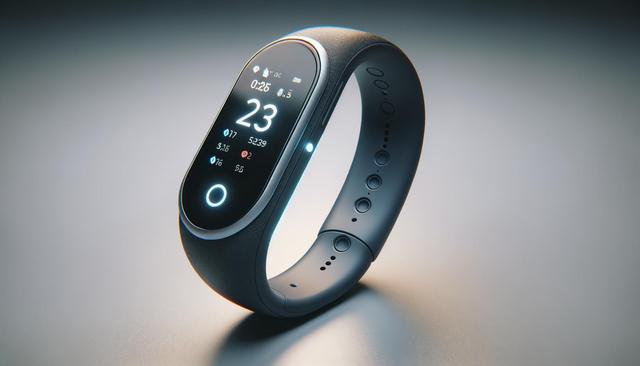Revolutionizing Diabetes Care
Wearable blood glucose monitors represent a significant advancement in diabetes care, offering a non-invasive alternative to the traditional methods of monitoring blood sugar levels. Unlike the conventional finger-prick tests, which can be uncomfortable and inconvenient, these wearable devices provide continuous, real-time data to the user. This innovation not only alleviates the physical discomfort associated with frequent testing but also empowers individuals to manage their condition more proactively. The real-time monitoring feature of a wearable blood glucose monitor enables users to make timely decisions regarding their diet, exercise, and medication, potentially reducing the risk of long-term complications associated with diabetes.
How Wearable Monitors Work
The technology behind wearable blood glucose monitors is both sophisticated and user-friendly. Typically, these devices consist of a sensor that is attached to the skin, usually on the arm or abdomen. The sensor measures glucose levels in the interstitial fluid, which is then transmitted to a receiver or a smartphone app. This data can be accessed instantly, allowing users to track their glucose levels continuously throughout the day. Some advanced models even offer integration with other health management systems, providing a comprehensive overview of the wearer’s health. Key features include:
- Non-invasive, continuous monitoring
- Real-time data transmission
- Integration with mobile apps
- Customizable alerts for high or low glucose levels
These features make wearable blood glucose monitors a versatile tool in the arsenal of diabetes management.
Benefits of Using a Wearable Blood Glucose Monitor
The advantages of using a wearable blood glucose monitor extend beyond convenience. For many users, the ability to monitor glucose levels without constant finger pricks translates into better adherence to prescribed diabetes management plans. Moreover, the continuous flow of data provides insights into how different activities, foods, and medications impact glucose levels, allowing for more informed lifestyle choices. Enhanced monitoring can lead to:
- Improved glycemic control
- Reduction in hypoglycemic events
- Better understanding of personal glucose trends
- Enhanced communication with healthcare providers
These benefits collectively contribute to improved quality of life for individuals with diabetes, helping them to lead more active and unrestricted lives.
Challenges and Considerations
Despite their many advantages, wearable blood glucose monitors are not without challenges. One of the primary considerations is the cost, as these devices can be more expensive than traditional monitoring methods. Insurance coverage also varies, which can affect accessibility for some users. Additionally, while the technology is advancing rapidly, some individuals may experience occasional inaccuracies or require time to adjust to using the device effectively. Users should consider:
- Cost and insurance coverage
- Potential for occasional data inaccuracies
- Learning curve for new users
- Device maintenance and calibration
Careful consideration of these factors can aid potential users in making an informed decision about integrating a wearable blood glucose monitor into their daily routine.
The Future of Diabetes Management
The future of diabetes management is promising with the continuous development of wearable technology. As advancements in sensor accuracy and integration with smart health monitoring systems progress, the potential for these devices to transform diabetes care is immense. Future developments might include even more compact designs, enhanced battery life, and broader access through reduced costs. Additionally, the integration of artificial intelligence could provide predictive analytics, offering users insights into potential future glucose trends. This could lead to:
- More personalized diabetes management plans
- Increased prevention of diabetes-related complications
- Greater autonomy for individuals managing diabetes
With continued innovation, wearable blood glucose monitors are set to become an integral component of diabetes care, offering hope for millions seeking better management solutions.
Conclusion
For millions of people managing diabetes, wearable blood glucose monitors offer a revolutionary approach to monitoring and managing their condition. By providing continuous, non-invasive monitoring and real-time data, these devices empower users to take control of their diabetes management with greater precision and convenience. As technology continues to evolve, the accessibility and functionality of these monitors are expected to improve, making them an increasingly viable option for diabetes care. For those affected by diabetes, exploring the use of a wearable blood glucose monitor could be a significant step towards improved health and quality of life.
